15 Times “Just Tidying Up” Turned Into a Scene Straight Out of a Movie

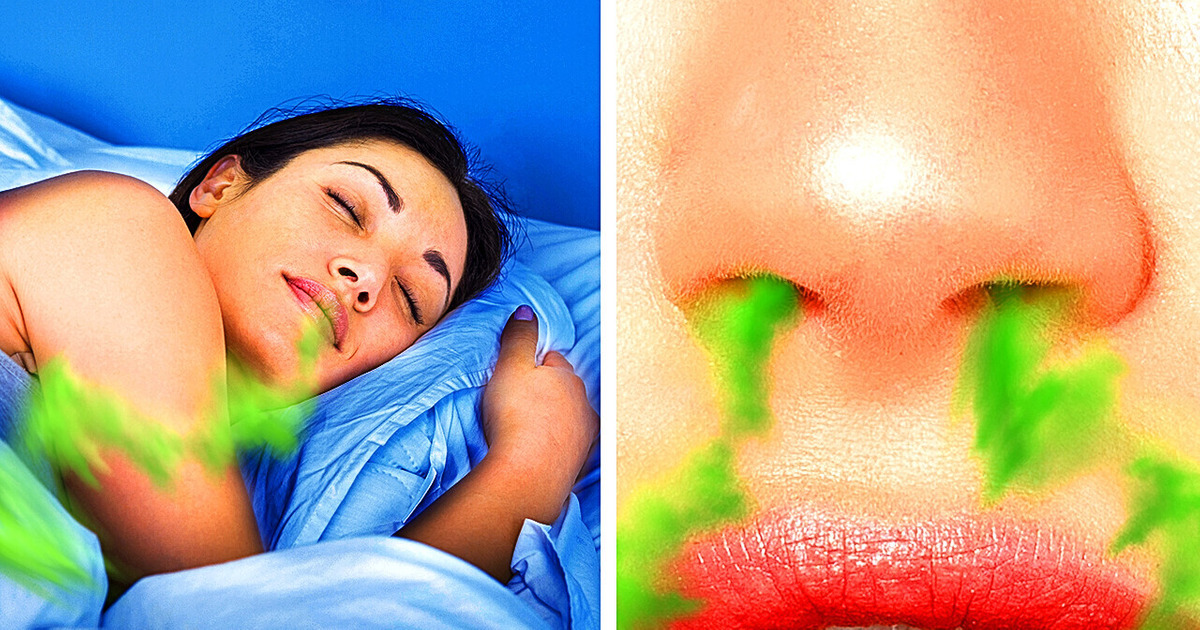
Nobody really knows why we need the appendix, but it’s always at the back of the book. Wait, wrong appendix. Some researchers claim the human appendix helped our ancestors process the tree bark and whatever they were eating at that time. As we have a much more balanced diet now, the appendix can disappear from our bodies without any consequences.
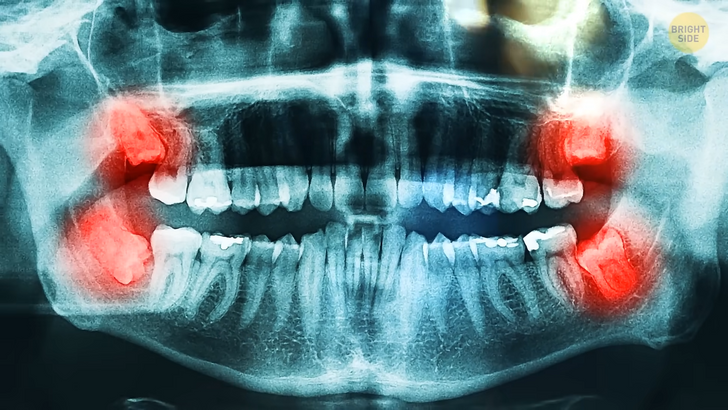
Another purposeless thing in our bodies is the wisdom teeth. Yeah, they used to come in handy when dentists didn’t exist, but now we can ideally make do without them.
Your brain will grow by roughly 2% if you venture into space. Under normal gravity, it is thought that fluid in the brain naturally moves downwards when we stand upright. But there is evidence that microgravity prevents this, resulting in fluid accumulation in the brain and skull.
When you age, your brain is gradually reducing in size. By age 75, it’s much smaller than at 30, and it starts shrinking at 40. It happens to everyone, so you just have to go with it and keep your brain busy and nimble.
If you stare into your eyes in the mirror, you’ll see a small pink circle settled in the corner of your eye. This is your third eyelid, useless for us but valuable for animals, like birds, to keep dust and scattered debris from getting into their eyes. This might sound familiar to you if you’ve heard of natural selection. In short, natural selection keeps body parts throughout generations, but some of them are harmful, so they are phased out in the next generation, and others that aren’t staying, just like the third eyelid.
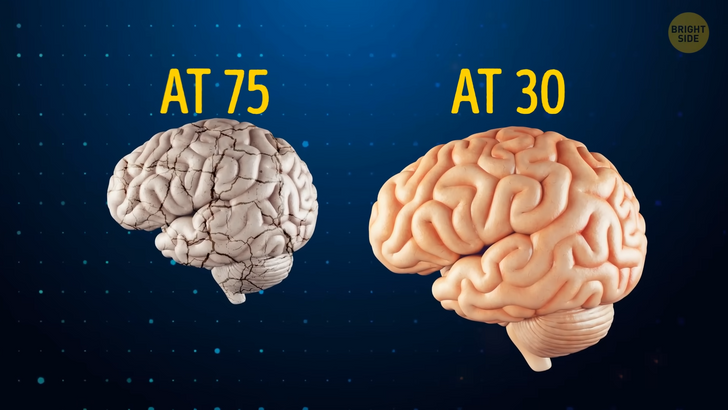
Not only your brain shrinks as you get older, you too shrink dramatically! The bones get more brittle. The backbone gets compressed. It works vice versa, too: when you rest at night, your bones kinda relax too, so you wake up taller than you went to bed last night!
Our ears help us keep the balance, so hearing isn’t their only duty. Our vestibular system occupies the inner ear. Canals in your inner ear contain fluid and tiny sensors that look somewhat like hairs helping you keep your balance.
As for hairs, only a few body parts aren’t covered with them. These are palms, soles of the feet, and lips. Hairs grow even in the belly button! Their purpose is to catch lint. Mine does a great job!
And not only lint! Our belly buttons have an entire animal encyclopedia in them, with a range of about 70 different bacteria! Some of them can also be found in soil in Japan, and even some bacteria typical for polar ice caps! See, you have a whole Naval Expedition going on, and didn’t even know it.
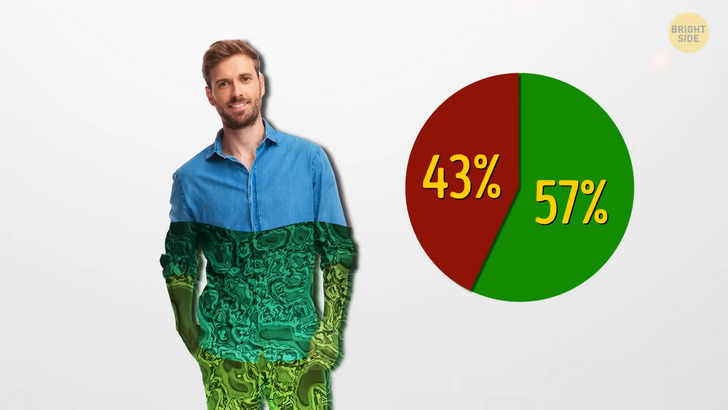
Only about 43% of you is you. You’re over 50% tiny little creatures that mainly live in your gut and other body parts without ever leaving it. Still, even though your cells are fewer than microbial ones, there are, on average, about 100 trillion of them in you!
With this in mind, your genes are less than half of what you consist of. If you take all the microbes dwelling within your body and count their genes, it’ll be anywhere from two to 20 million genes and their combinations.
If you sleep, and I recommend that you do, it doesn’t mean all of your body sleeps. In fact, sometimes your brain has to work even harder when you’re asleep! It needs to process tons of information, and reports usually take time.
One thing that indeed rests while you’re sleeping is your nose. You won’t smell anything nasty in your sleep. The thing is that your sense of smell deactivates at night. If there’s some terrible smell in your bedroom, you won’t even be bothered.
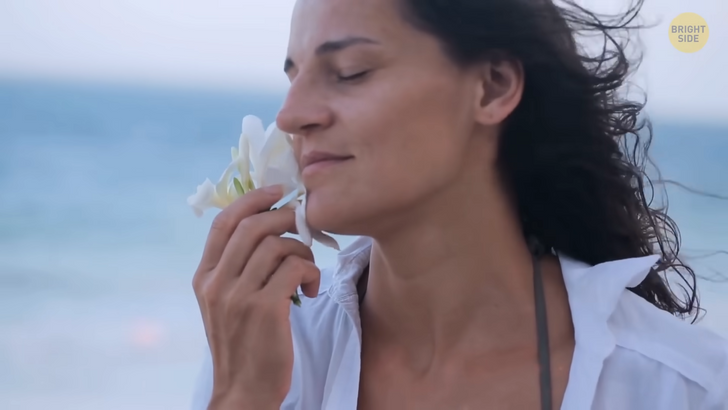
Scientists used to believe we could distinguish about 10 thousand smells. Nope! Recent research showed that people could indicate more than a trillion smells. We also remember them better than anything else, and odors can even evoke some distant memories.
Meanwhile, our strongest and most emotional memories are usually fake. It’s the way the central memory works: it gives us the confidence to believe everything we remember is real, even though we should be confident about fewer details.
You don’t mind if I call you a mammal, do you? Well, among us mammals, only humans can always walk on two hind limbs and keep that posture for their entire lives. You might wanna say that kangaroos or gorillas move in the same way, but kangaroos use their tail as a third leg, and gorillas use the help of their long arms to keep balance.
Your bones take part in metabolism too. Since they mainly consist of calcium, when there’s not enough of this element in your blood, bones start shedding it into the bloodstream, balancing your body. And vice versa, when there’s too much calcium in your blood, it goes into the bones to be stored for later.
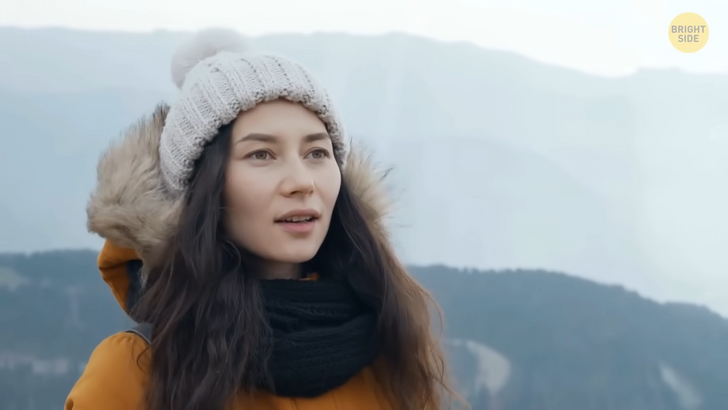
Our height, shape of our body, and skin color depend a lot on where our ancestors used to live, but we can adapt to new conditions even within our life span. For example, if you move from the plains to the mountains, you’ll eventually develop more red blood cells to compensate for the lack of oxygen. And naturally, if you drive from a colder climate to a hotter and sunnier one, your skin will change pigmentation slightly to adapt.
Our life span is programmed within our cells. They constantly renew and divide, but they have a sort of internal timer that stops at some point. Some cells also stop reproducing sooner than others. On average, cells cease dividing when we reach the age of 100. If we find a way to trick our cells into turning off the timer, we could potentially live forever. But we’d be a huge mass of wrinkles by then
Body fat acts as insulation material, energy reserve, and shock absorber. Your body sends the most fat into your waist region because that’s where your internal organs are. If something happens to you, this layer of fat might as well protect those organs from serious damage.
Your skull isn’t a single bone — it consists of 22 different bones, many of which are fused to protect your brain. The mandible, or the lower jaw, is the only skull bone that’s only kept attached to your head with connective tissues and muscles. This is what makes it so mobile — you can move it in any direction you like. And the smallest bone in your whole body is inside your ear. It’s called stapes, and it’s not larger than a grain of rice.
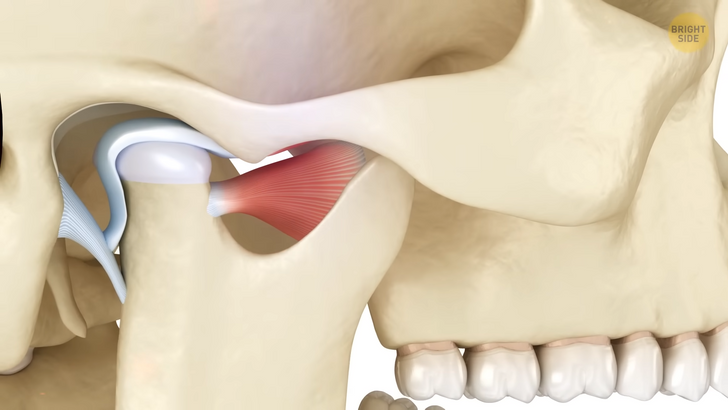
Some of the strongest muscles in your body aren’t in your arms or legs — they’re in your head! The masseter is the primary muscle responsible for chewing, and it needs to be the strongest for you to eat normally. And you know those muscles that allow you to move your ears? Those are temporalis, located above your temples. They also help you to chew your food.
We’ve got two REALLY fast muscles — they control the eyelid closing. In fact, they’re the fastest muscles in our body. Eyes are fragile and need protection. When the reflex is triggered, these muscles shut the eyes within less than a tenth of a second.
We recognize only purple-blue, green-yellow, and yellow-red colors. Everything else is a combination of these three. It’s impossible to calculate how many of these combinations the human eye sees because every single person has slight vision differences. But it’s about one million combinations on average.
Your stomach has an impressive capacity, holding up to half a gallon of liquids — a whole large bottle of coke! It’s pretty hard to estimate how much hard food you can squeeze into your stomach since the food is processed with your teeth before it gets down there. There’s not enough room for a whole turkey, but who knows, probably a good-sized chicken might fit it! And hey, like my grandmother said, “there’s always room for ice cream”! Now show me where your stomach with all that cola, chicken and ice cream is. If you’re pointing at your tummy, nope! It’s up there, hidden in between your ribs. (Your tummy is full of intestines.)











